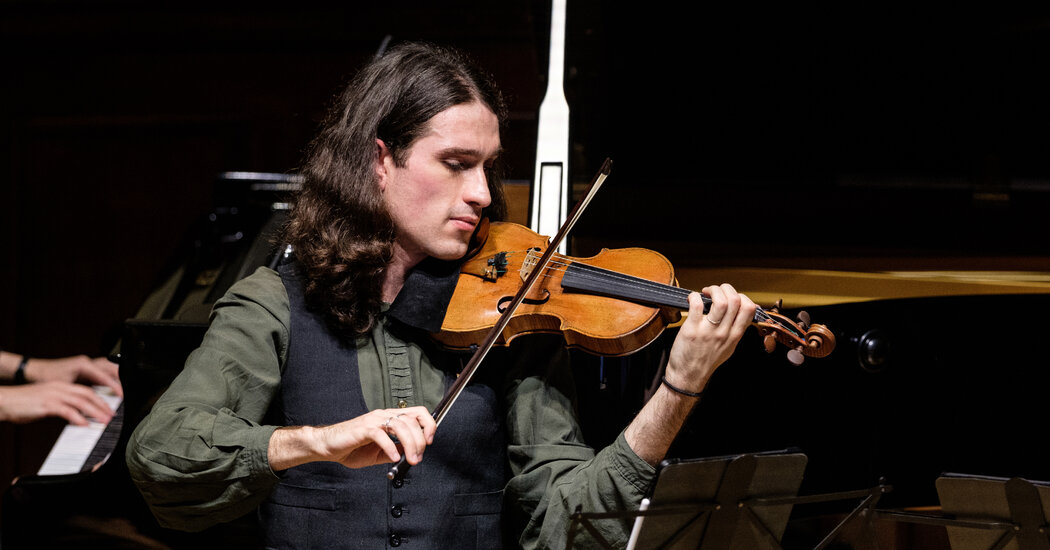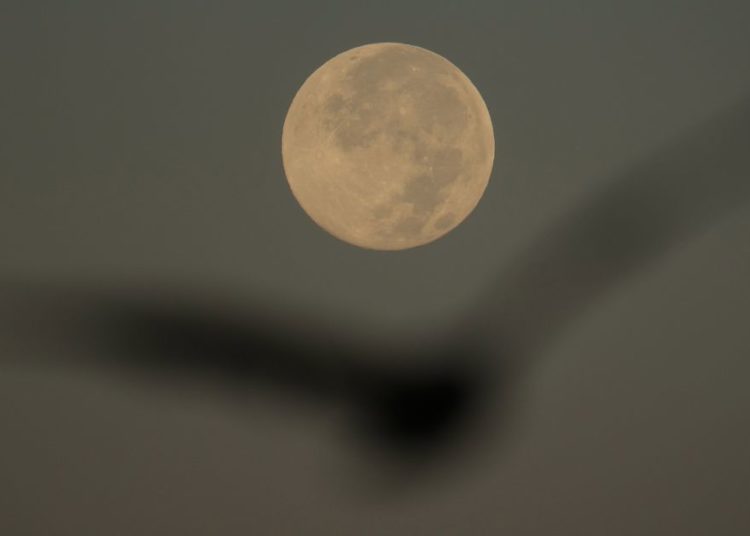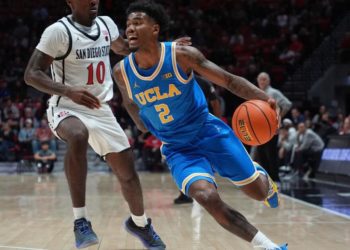On a cold February night, David López Ibáñez set out to have a normal evening.
Mr. López Ibáñez, 31, went to rehearsal at the London-based Philharmonia orchestra, of which he is a member. Then, he and a friend went to a pub near his new apartment for a drink and a bite to eat. He took his violin off his back and leaned it against a bench. It was there as he ate, just by his side.
Then, without his noticing, a person grabbed the violin case, hid it under a long, beige coat and walked out into the night.
“I stood up in disbelief,” Mr. López Ibáñez said in an interview, recounting the moment he realized the instrument was gone, adding, “It was a companion. It had been on my back and I had been playing music on it for eight years, all over the world.”
For a serious musician, an instrument is more than just an object. And this was not just any violin. It was made in 1740 by Lorenzo Carcassi, a master craftsman, in Florence, Italy, and was valued at more than 150,000 pounds, or about $200,000.
“You let your guard down for a second,” Mr. López Ibáñez said, recounting the loss and the scale of what happened. “It felt like the world was collapsing on top of me.”
Now, more than four months later, the police in London have appealed to the public for help in identifying the man who took the violin from the pub.
The goal is to “identify them as soon as possible,” Michael Collins, a police officer, said in a statement on Monday.
“It is incredibly precious, and for the victim, it’s priceless,” he added in the appeal for help with the case, which included images pulled from camera footage that show the suspect and the violin.
The Met police did not immediately respond to further requests for comment.
A rare violin would be tough to resell, said Ian Byrne, the manager of Stringers of London, which sells and restores new and antique instruments: It would require documentation from a credible expert, who would be able to identify it as stolen.
“If anyone wants to realize the actual value of that instrument, it would be very difficult to do that without any provenance,” Mr. Byrne said.
And this instrument, which is owned by a German businessman, Sebastian Kutscha, is especially distinctive: It has a tiny heart-shaped hole in its scroll. Mr. Kutscha said in an interview on Tuesday that he expected his insurance to compensate him for the loss of the violin.
He said that he was frustrated that Mr. López Ibáñez had taken the violin with him to a pub. (Mr. Kutscha loves classical music, though he does not play himself. He sees high-end instruments as both financial investments and as tools that he can offer to promising young musicians, as he did by loaning the violin to Mr. López Ibáñez.)
But, he said that he does not blame Mr. López Ibáñez and spent weeks worrying about the effect that the theft had on him.
“He’s really suffering,” Mr. Kutscha said. “So why should I make it worse for him?”
Mr. López Ibáñez is still coping with the loss — and the public reaction to the theft.
Some people mocked him, he said, asking, “Why was a priceless violin at a pub?”
He rejected such criticism as absurd: “Even though it’s priceless, it is used — daily. And that is how it keeps its soul and its sound.”
He spent weeks scrolling eBay late into the night and searching for the instrument. He wants it back, but he also just worried about it. “It’s like, ‘Where is it?’ Like, ‘Who has it?’ ‘Are they taking care of it?’ ‘Are they putting it next to a radiator?’”
These days, he is playing a new violin — “a baby,” he joked, which was finished in April.
Still, he yearns for his old companion, adding with a hollow laugh, “Obviously, I’d like it back.”
Amelia Nierenberg is a breaking news reporter for The Times in London, covering international news.
The post London Police Appeal for Help in the Theft of a $200,000 Violin appeared first on New York Times.




